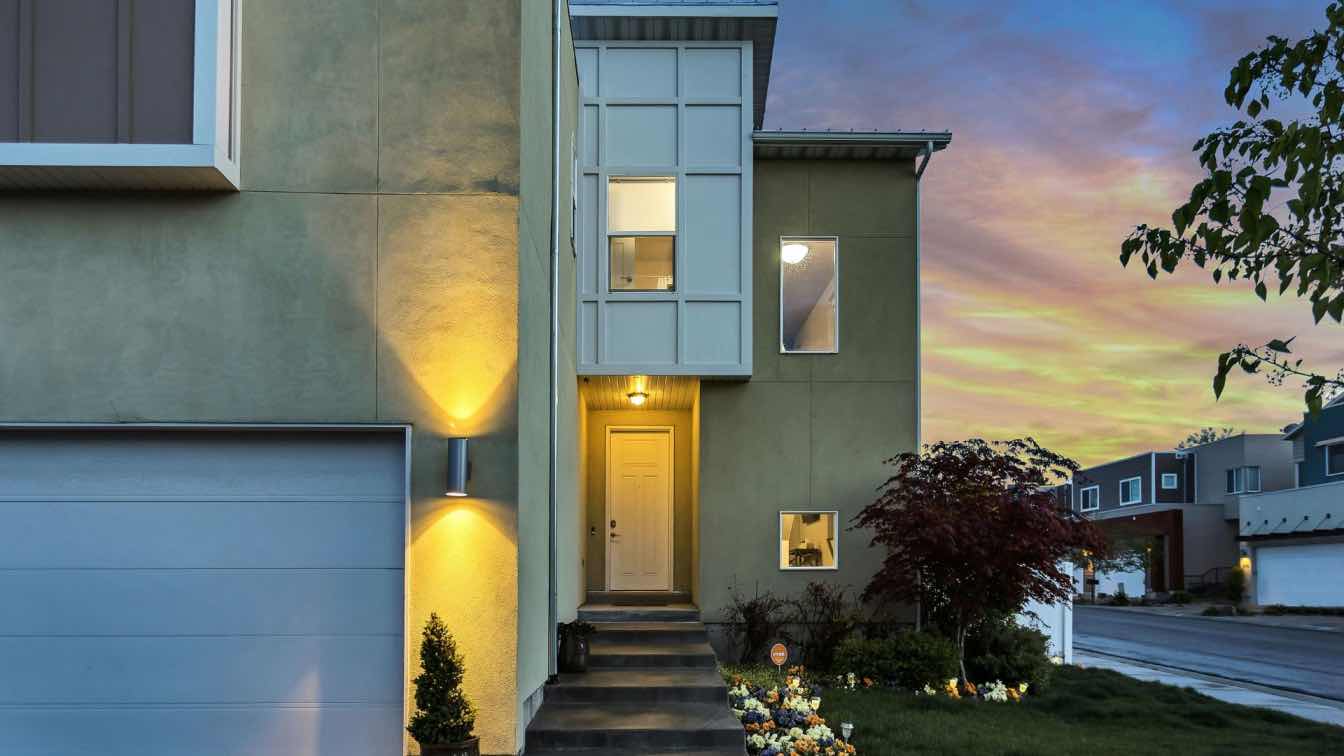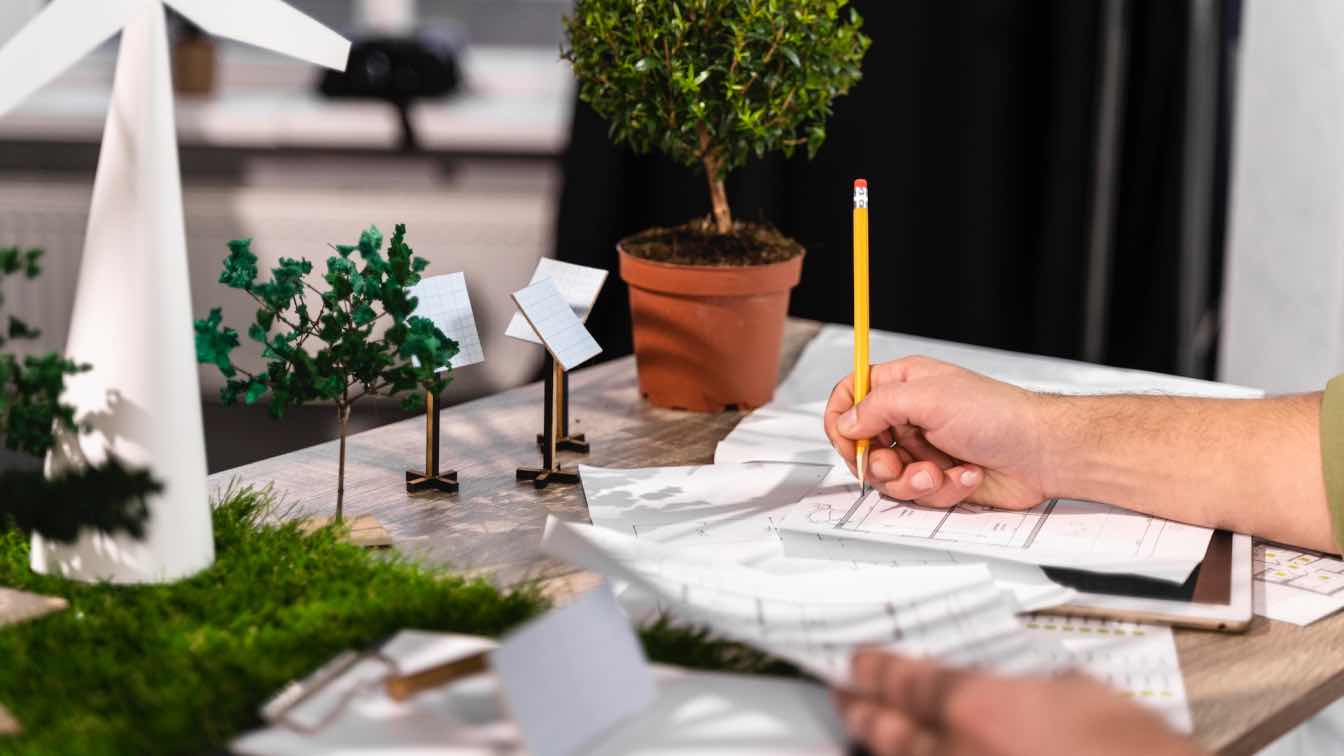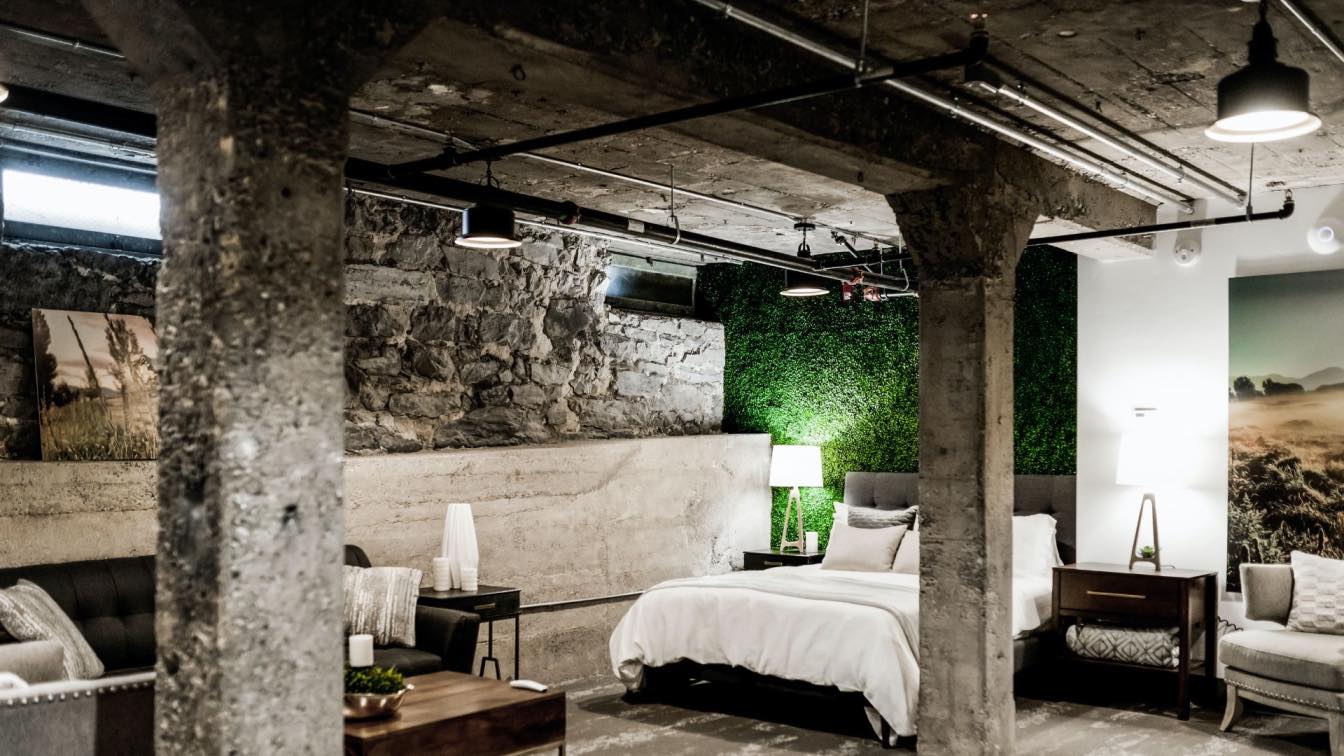Great design isn’t just about beauty; it’s a powerful driver of property value. Investors often focus on market timing, financing, and negotiation, but overlook how architectural choices can make or break a property’s earning potential. A building’s design influences first impressions, functionality, and long-term appeal, directly affecting both rental income and resale value.
Smart investors who use effective property investment strategies understand that architecture is not merely an expense. It’s a tool for maximising returns. Whether you’re developing from the ground up or renovating an existing property, the right design decisions can significantly boost profitability. Even small architectural improvements, such as reconfiguring an awkward entryway or adding natural light to dark interiors, can yield surprising financial benefits. When combined with strategic planning, these details create a property that stands out in competitive markets.
Understanding the Impact of Architectural Design on Property Value
Architectural design affects value in more ways than most realise. The layout, proportions, and flow of a building influence how comfortable and desirable it feels. When buyers or tenants walk into a well-designed space, they instantly sense quality. Poor design, on the other hand, can make even a premium location feel underwhelming.
A property with a well-thought-out design can command higher rents and sell faster. Elements like open floor plans, strategic window placement for natural light, and smart storage solutions create lasting appeal. This is why investing in good architecture from the outset is not an indulgence; it’s a profit strategy. In many cases, the design directly influences how people imagine living or working in a space, shaping their willingness to commit financially.
Why Curb Appeal Plays a Major Role in Attracting Buyers
Curb appeal isn’t just about looks. It’s about perception and desirability. The way a property presents itself from the outside sets the tone for everything inside. Attractive façades, fresh paintwork, maintained landscaping, and well-lit entrances all make potential buyers or renters feel welcome before they’ve even stepped through the door.
A striking exterior can also help a property stand out in competitive markets. This is especially true for developments in areas where multiple listings share similar pricing. People are drawn to homes that feel inviting at first glance, and that emotional connection can push them toward making an offer more quickly. Even in rental markets, good curb appeal signals care and quality, which can justify higher asking prices.
The Importance of Functional Layouts in Modern Properties
A beautiful property with a poor layout quickly loses its charm. Functionality is what keeps people satisfied long after the initial excitement fades. In modern living, that means open communal spaces, logical room placement, and thoughtful separation between private and public areas.
For example, a kitchen located far from dining areas can frustrate daily routines, while poorly placed bathrooms can make a home feel awkward. A functional layout adapts to how people actually live, making the property more attractive to a wider range of buyers and tenants.
Properties with well-designed layouts often have lower vacancy rates and can command premium pricing. They also tend to be easier to adapt over time, allowing new owners or tenants to make updates without major structural changes.
How Energy Efficiency Boosts Long-Term Investment Returns
Energy-efficient design reduces utility costs, increases comfort, and future-proofs a property against rising energy prices. Features such as proper insulation, double-glazed windows, and energy-efficient appliances are increasingly expected by modern buyers.
Green certifications and high energy performance ratings can also enhance resale value. Many tenants are willing to pay more for homes with lower operating costs. In addition, energy-efficient buildings often require less maintenance over time, further improving their return on investment.
For investors using strategies like those in DPL’s portfolio, energy efficiency isn’t just about sustainability; it’s about securing a competitive advantage in the market. Over the years, energy-efficient properties can also experience stronger appreciation, as demand continues to shift toward greener living.
The Role of Sustainable Materials in Enhancing Property Desirability
Sustainability is no longer a niche preference; it’s becoming a mainstream demand. Properties built or renovated with sustainable materials often attract environmentally conscious buyers and renters, a growing demographic with strong purchasing power.
Using recycled timber, low-VOC paints, and responsibly sourced stone or metal not only reduces environmental impact but also adds a marketing edge. Sustainable materials can also improve indoor air quality, which is an increasingly important selling point for families and health-conscious individuals. Over time, these choices can also reduce maintenance costs, as many eco-friendly materials are designed for durability as well as aesthetics.
Why Location and Design Need to Work Hand in Hand
Even the best design can’t save a poorly chosen location, and the best location can be undercut by poor design. The two elements must complement each other for maximum investment success. A well-designed building in a prime area has the potential to appreciate significantly faster than one with average design.
Location influences design decisions, too. In urban areas, vertical layouts and compact storage solutions may be essential, while suburban or coastal properties might benefit from expansive outdoor spaces and panoramic windows. Understanding how to align architecture with location-specific needs ensures your investment resonates with the right audience. In some cases, adapting design to suit the local climate or culture can create a distinct competitive edge.
How Timeless Design Choices Reduce Depreciation Risk
Trendy design can create instant buzz, but often dates quickly. Timeless design choices, on the other hand, help protect a property’s value over decades. Neutral colour palettes, classic materials like stone and wood, and balanced proportions tend to age gracefully.
Avoiding overly niche or experimental features reduces the risk of a property feeling outdated, which can otherwise trigger costly renovations before resale. Timeless design also broadens the appeal, attracting a wider pool of potential buyers or tenants. It’s one of the most reliable ways to preserve both aesthetic and financial value over the long term. Consistency in style and quality gives your property a sense of permanence, which reassures buyers and can lead to stronger offers.





